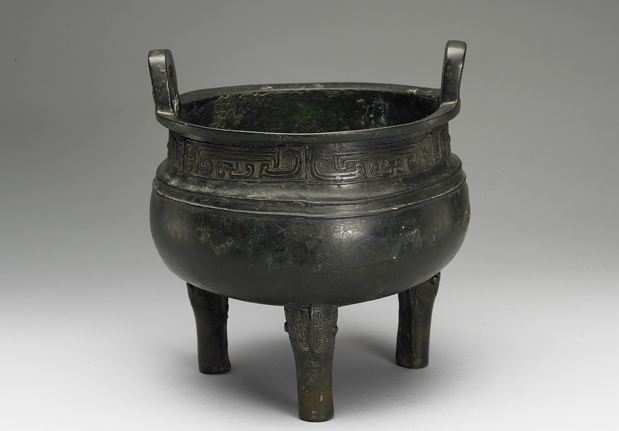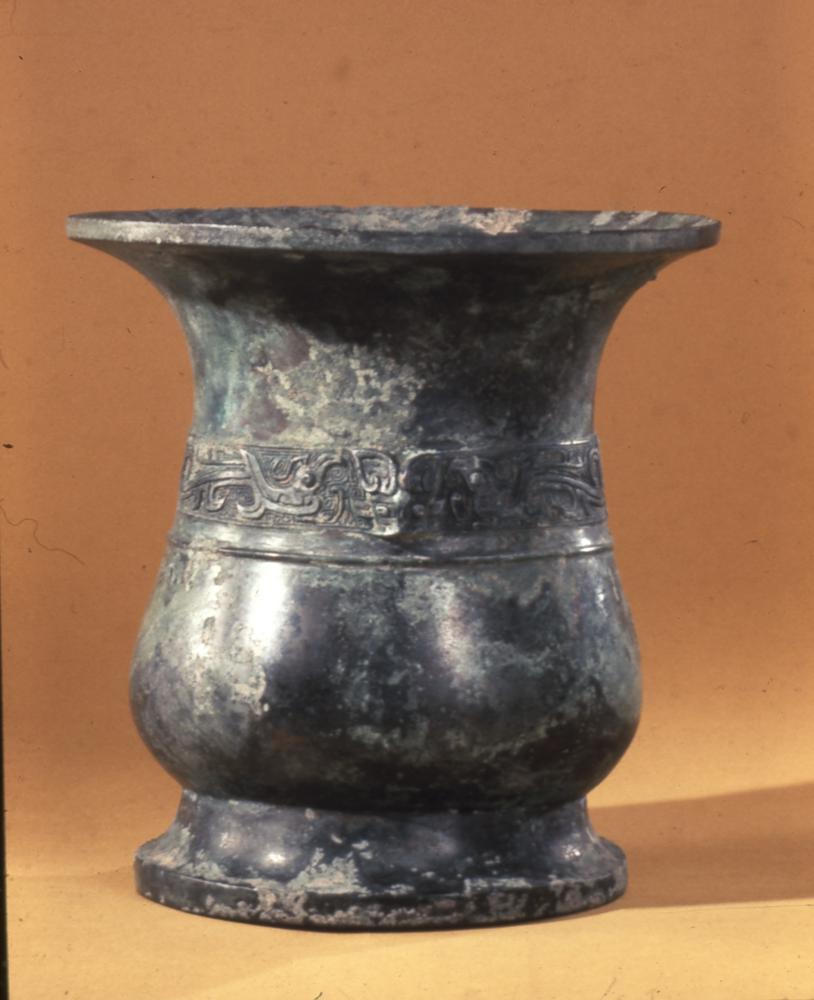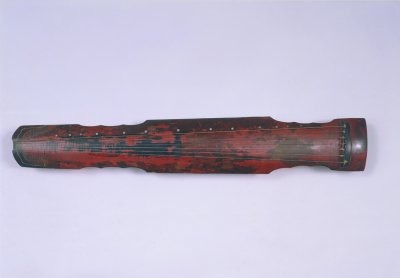Period:Unknown Production date:1621-1627
Materials:porcelain
Technique:moulded, underglazed,
Subjects:trade/occupation
Dimensions:Diameter: 18.10 centimetres
Description:
Porcelain dish with underglaze blue, formed in a mould in the shape of a Central Asian trader; made for the Japanese market.
IMG
![图片[1]-dish BM-2012-3017.1-China Archive](https://chinaarchive.net/Unknown/Ceramics/mid_01259649_001.jpg)
Comments:So-called Kosometsuke (J) or Tianqi (C) porcelain was a distinct style made at the end of the Wanli reign (1573-1620), when the Chinese kilns of Jingdezhen were attempting to secure new patronage for their porcelain wares. The Japanese market was expanding and Chinese ceramics made specifically to Japanese tastes began to be produced in this period. This dish is a prime example of how Chinese potters adapted a ware specifically to contemporary Japanese tastes. Though this particular style lasted for less than a decade, it was pivotal in ceramic trade relations between the two countries. The style had a profound impact on Japanese ceramics that has lasted to the present day.Used during the meal served at tea gatherings, it is a coveted type of ware and does not regularly appear on the market. The shape of this dish refers to a Tang-period Central Asian merchant (7th -8th century). This form has multiple references in Japan and can be useful in elucidating the various images of China within Japan, and in demonstrating the lasting implications of pan-Asian trade for cultural memory.The dish would have been created in a set of five. One of this set of dishes was illustrated in a Japanese volume by the noted ceramic scholar Kawahara Masahiko; see his ‘Kosometsuke’, vol.11, 1965, no. 736, p.1627.(N. C. Rousmaniere, Oct. 2012)
Materials:porcelain
Technique:moulded, underglazed,
Subjects:trade/occupation
Dimensions:Diameter: 18.10 centimetres
Description:
Porcelain dish with underglaze blue, formed in a mould in the shape of a Central Asian trader; made for the Japanese market.
IMG
![图片[1]-dish BM-2012-3017.1-China Archive](https://chinaarchive.net/Unknown/Ceramics/mid_01259649_001.jpg)
Comments:So-called Kosometsuke (J) or Tianqi (C) porcelain was a distinct style made at the end of the Wanli reign (1573-1620), when the Chinese kilns of Jingdezhen were attempting to secure new patronage for their porcelain wares. The Japanese market was expanding and Chinese ceramics made specifically to Japanese tastes began to be produced in this period. This dish is a prime example of how Chinese potters adapted a ware specifically to contemporary Japanese tastes. Though this particular style lasted for less than a decade, it was pivotal in ceramic trade relations between the two countries. The style had a profound impact on Japanese ceramics that has lasted to the present day.Used during the meal served at tea gatherings, it is a coveted type of ware and does not regularly appear on the market. The shape of this dish refers to a Tang-period Central Asian merchant (7th -8th century). This form has multiple references in Japan and can be useful in elucidating the various images of China within Japan, and in demonstrating the lasting implications of pan-Asian trade for cultural memory.The dish would have been created in a set of five. One of this set of dishes was illustrated in a Japanese volume by the noted ceramic scholar Kawahara Masahiko; see his ‘Kosometsuke’, vol.11, 1965, no. 736, p.1627.(N. C. Rousmaniere, Oct. 2012)
© Copyright
The copyright of the article belongs to the author, please keep the original link for reprinting.
THE END





